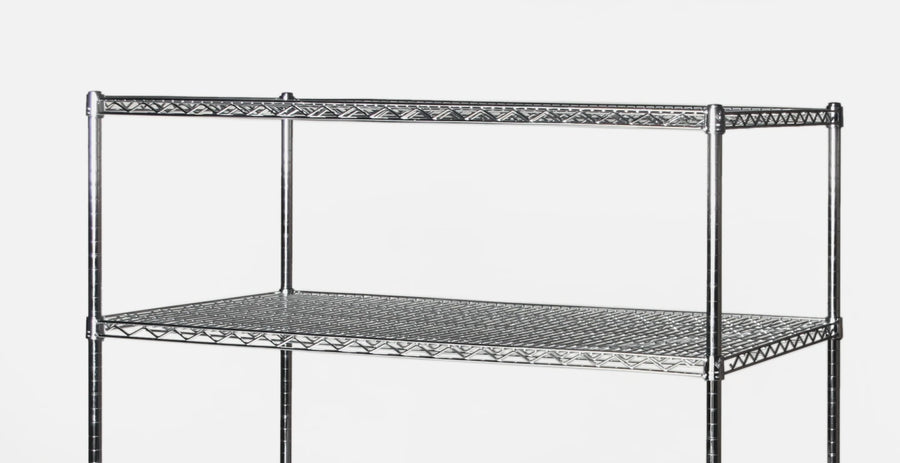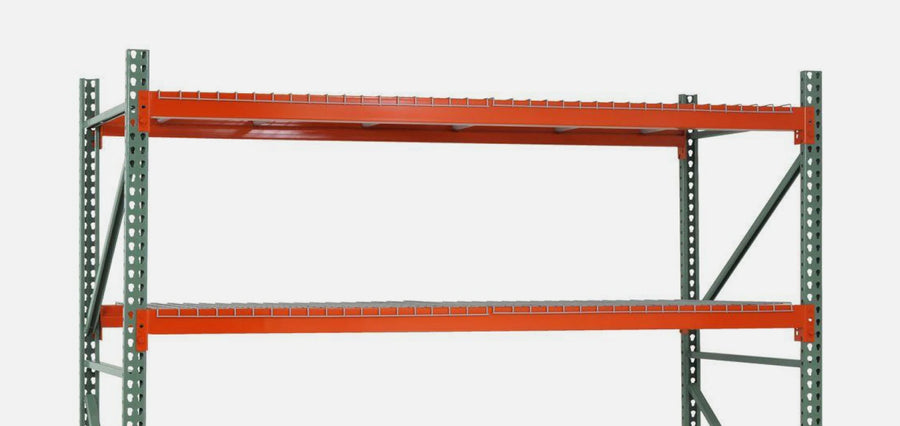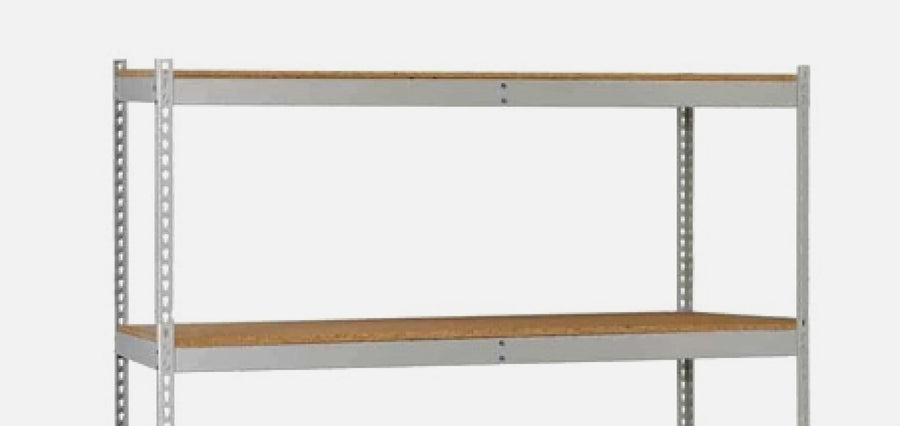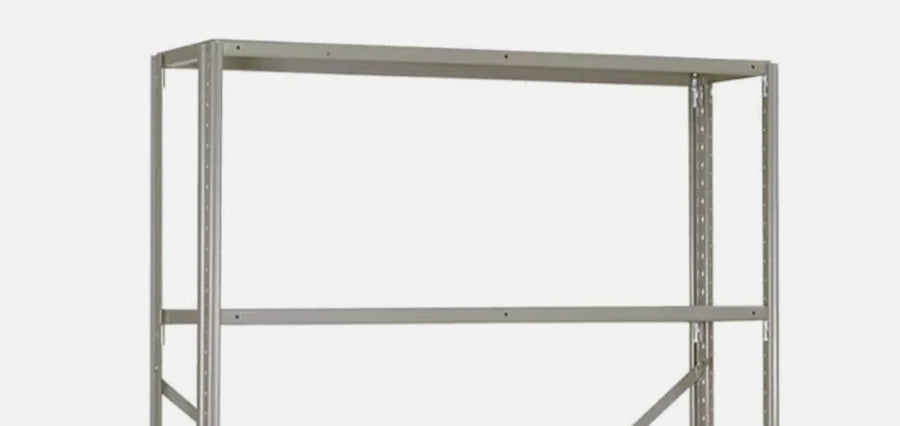Over the past few years, the term “supply chain disruptions” has become familiar throughout various industries, but the real issues underneath this overarching problem can be much more specific than “disruptions.”
Both before and after the pandemic, one of the biggest causes of these slowdowns in logistics was due to manufacturing disruptions. Certainly, while they’ve become far more commonplace since the pandemic, these breakdowns in the manufacturing process can have wide-reaching effects across the entire logistics pipeline.
What are manufacturing disruptions?
In short, “manufacturing disruptions” refers to any unforeseen event or factor that can interrupt the normal flow of production processes. Specifically, these issues tend to crop up earlier in the process while the item is still being manufactured and prevent the items from being produced, completed, or delivered in a manner as timely as the supply chain may require.
A few common examples of manufacturing disruptions can include:
- Resource or raw material shortages
- Lack of funds to continue manufacturing
- Breakdown of necessary equipment
- Cybersecurity and/or IT issues
- Sudden surge in demand, depleting stock
How can I help protect my warehouse from manufacturing disruptions?
While manufacturing disruptions are an unavoidable part of the supply chain at times, there are some preemptive steps you can take to help insulate your warehouse from the effects of these disruptions, including:
- Safety stock: The worst time for a manufacturing disruption to occur is when an item is either currently popular, or about to ramp up in sales due to seasonality or other factors. This can be mitigated by maintaining safety stock of your more popular items, during the appropriate times of year to keep them around. This will require that you offer some additional space on your wire shelving and pallet racks to maintain this stock, and you’ll need to do some careful demand forecasting to predict when you might need this stock by, but keeping it around can potentially solve a number of inventory issues before they can even happen.
- Backup vendors: Similarly, knowing you have multiple sources for a given item can help reduce the risk of stockouts. If manufacturing disruptions occur for a certain item, knowing where you can source some more might just buy you enough time to prevent a total stockout before the manufacturing process can complete again.
- Predictive metrics: Similarly, knowing when to order more of a given item can help you get out in front of any manufacturing issues. Implementing better predictive metrics for sales figures, seasonal trends, and current inventory levels can help you reorder popular goods before any potential manufacturing disruptions can affect their availability.
- Maintain supply chain transparency: Finally, a lot of manufacturing issues can be prevented at the source by maintaining supply chain transparency. Keep open chains of communication with your vendors, suppliers, and customers at every step to ensure full awareness of stock levels, delivery times, and potential impacts. This dovetails nicely with many of the previous steps in this list, as it will buy you additional time to plan for safety stock and alternate vendor routes if needed.
While most manufacturing disruptions can seemingly come out of nowhere, with some planning and foresight, you can reduce their impact on your operations and get back to what matters - getting your items in the hands of customers.




















































